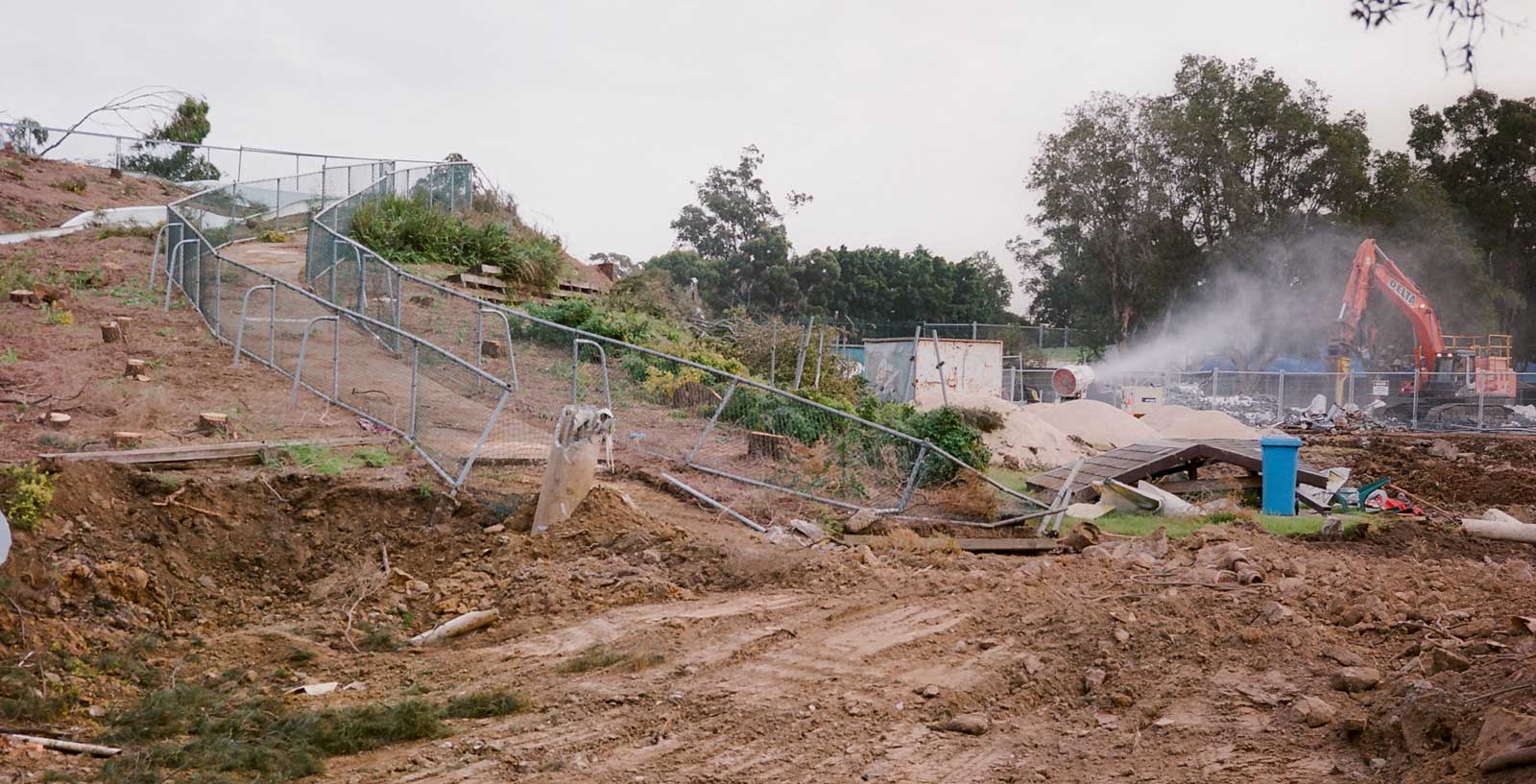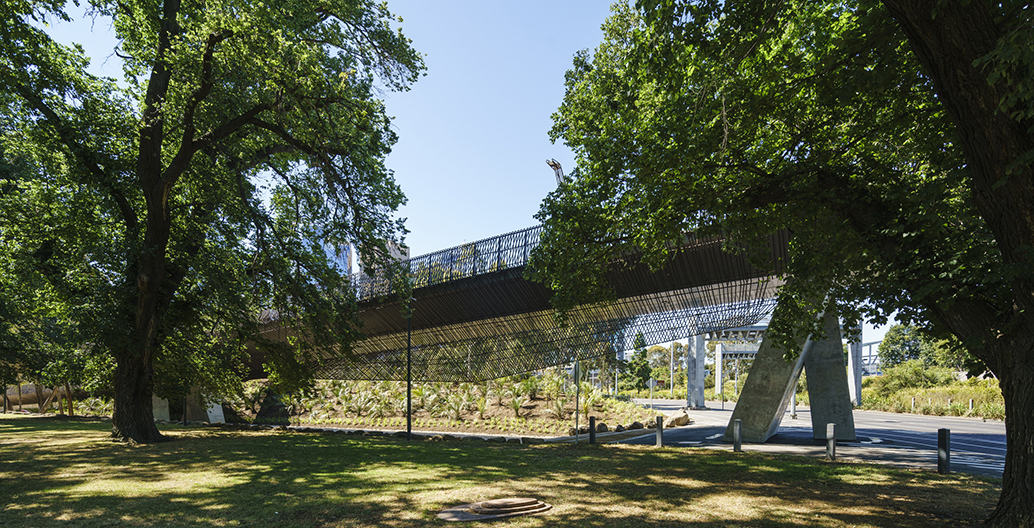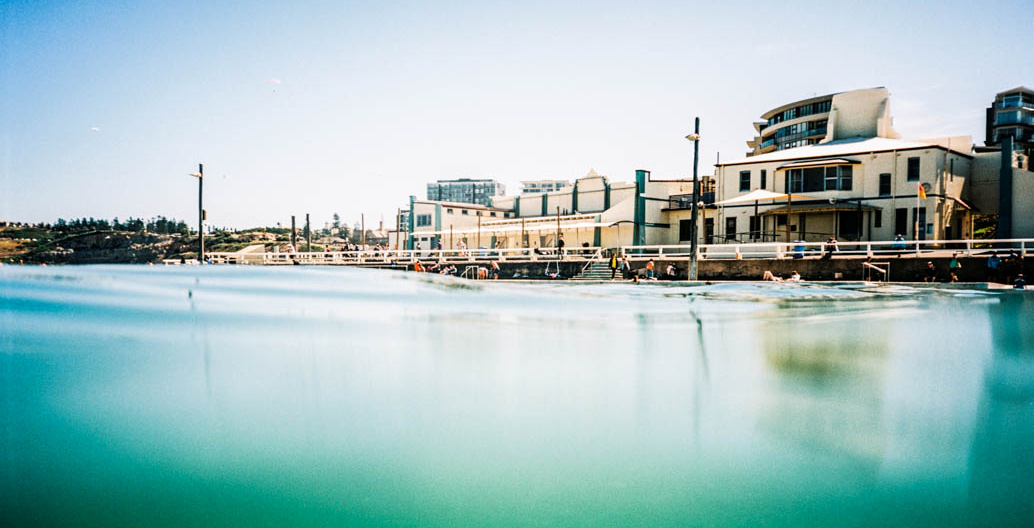
Take ten: Foreground’s top 2017 stories for your summer
From a year that brought Australia yet more climate extremes and urban squeeze, our ten most-read stories .
1.
Soft cities: Making room for nature in our urban future
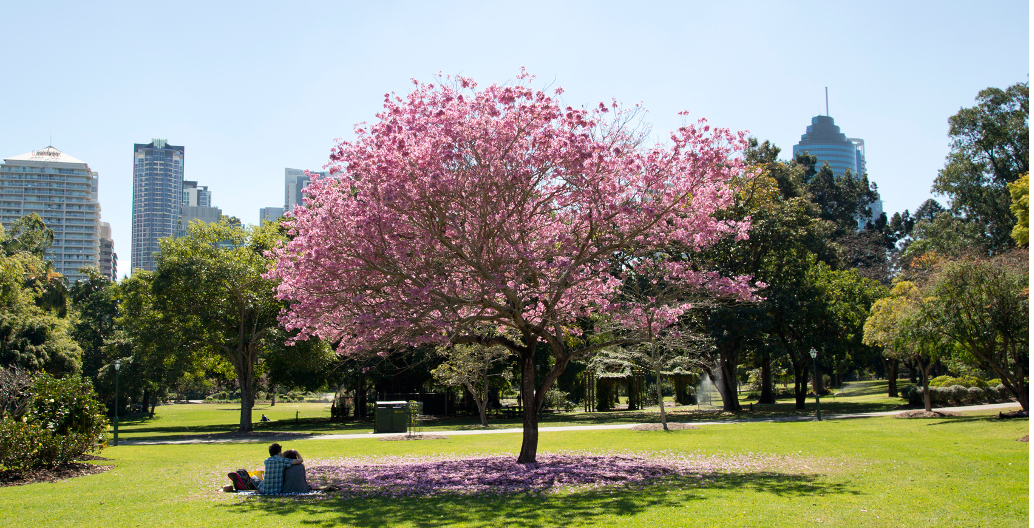
“…increasingly we’re recognising that urban ecosystems do support life. Cities are often located in highly productive areas of the landscape, which have naturally high levels of indigenous biodiversity. They may also contain the only remaining examples of past landscapes…”
Bringing biodiversity back into the built environment is good for both people and the planet, writes urban ecologist Amy K Hahs.
2.
Making what happen? The fate of Parramatta Park
“One of the core issues with Parramatta’s transformation is that development appears to be placing state interests above local interests.”
Former NSW Premier Mike Baird is responsible for many things: lockouts, WestConnex, and the catchphrase, “NSW – Making it happen”. Hoardings around central Parramatta are adorned with this phrase. But, as Paulette Wallace wonders, what exactly will “happen” to the city’s green heart?
3.
Edna Walling’s living legacy

The classic Walling elements of landscape design are naturalism, non-defined boundaries and planting out the fence line. Elements of mass and void.
An exhibition in Melbourne’s east presented the work of artists and landscape architects whose creative practice draws on the life and work of renowned Australian landscape designer, Edna Walling.
4.
The big soak: China’s sponge city program
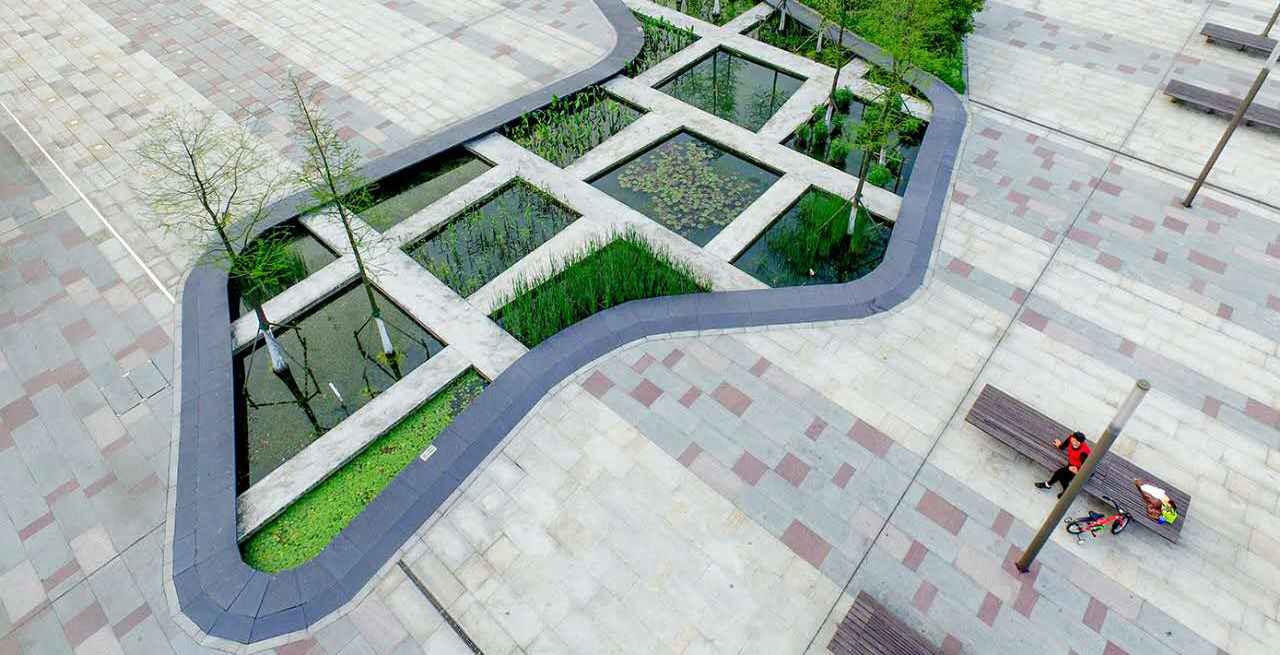
“China’s 662 cities have recently been affected by severe water crises, as periodic flooding and drought have become widespread.”
China has 19 percent of the world’s population, yet only six percent of its total fresh water, making the supply of clean water to its 1.4 billion people a growing daily challenge. In response, the Chinese government has declared that water is of the highest priority to China’s built infrastructure, writes landscape architect Adrian McGregor.
5.
A matter of time: Design in the age of sea level rise
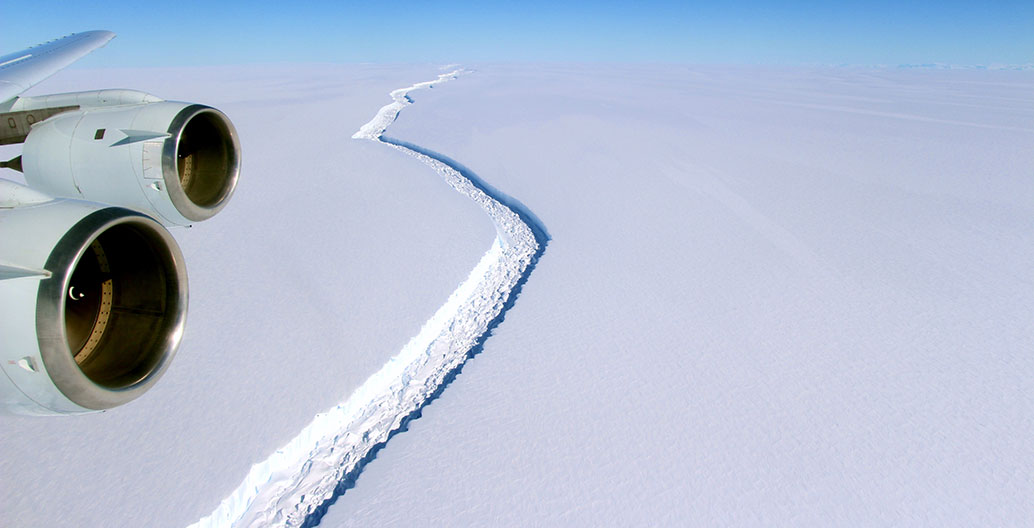
“On 27 June 2017, the carbon dioxide in the atmosphere was 408.65 parts per million (ppm). The last time carbon dioxide was greater than 400 ppm was three million years ago in the Pliocene.”
In the past two decades, factors leading to rising sea levels have increased by 50 percent, with serious consequences for our cities and how we plan and design them, reports Michelle Groser.
6.
The parsley, the pig and the farm

“…it appears that dumb houses with dumb streets and landscapes predominate, despite our changing policies for green or smart streets.”
Food can be grown in cities and suburbs, as well as in the country. Landscape architect John Mongard issues a call-to-arms: this requires a change in planning policy, but it also calls for designers and citizens to reclaim the commons.
7.
Garden Cities no more: Australia’s leafy urban centres are under pressure
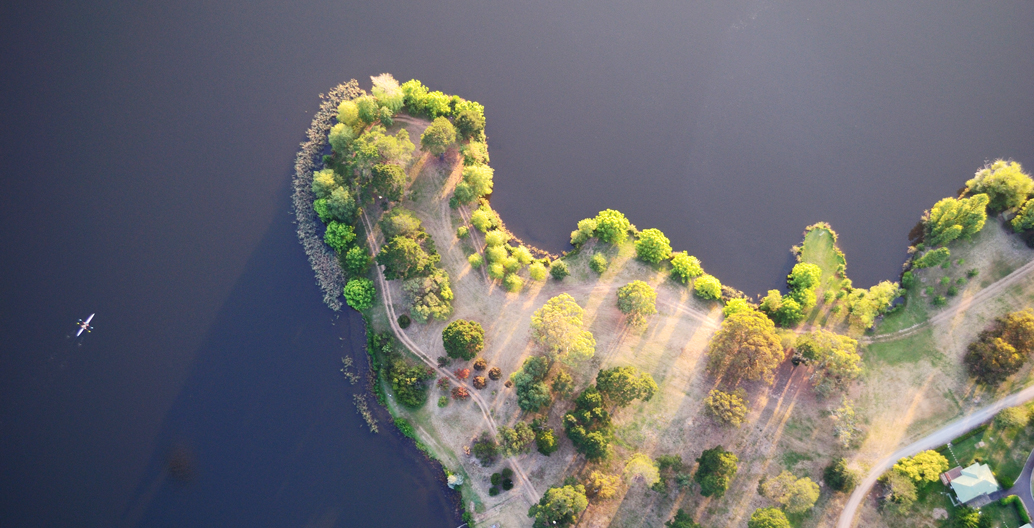
“There is little evidence that contemporary leaders share the foresight of their forebears, in building for generations to come.”
Australia likes to tout the ‘liveability’ of its capital cities. Yet a recent report has found the country is broadly failing to live up to its much-celebrated reputation for healthy urban living.
8.
Melbourne is running out of room for its secular religion, AFL
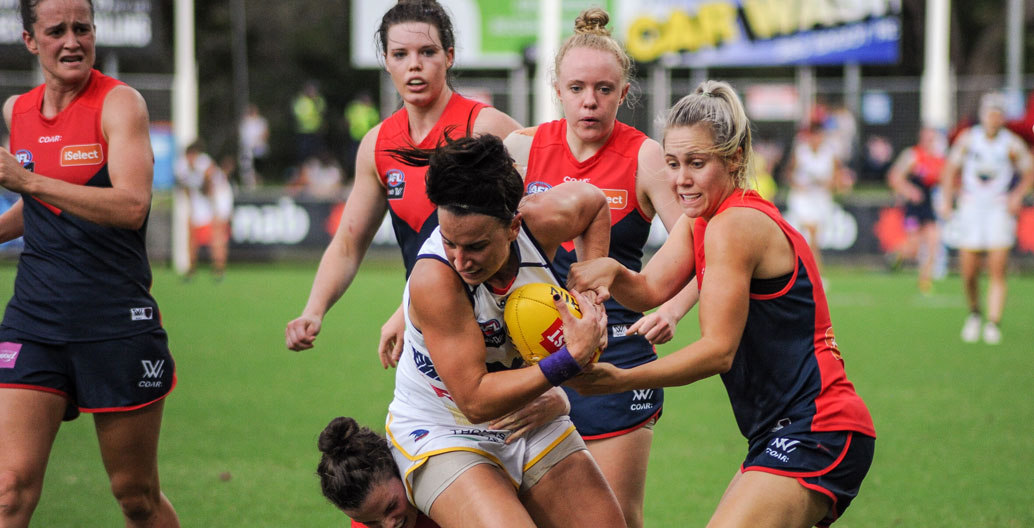
“…79 percent of venues don’t provide female-friendly change rooms, with 68 percent of Victorian councils reporting this as a major impediment to AFL participation.”
As both men and women take up AFL at record rates, Melbourne will have to find a way to accommodate up to 75 extra ovals by 2022. It’s time for the league, state planners, and teams to get creative.
9.
Against everything: The curious case of Rushcutters Bay skate park
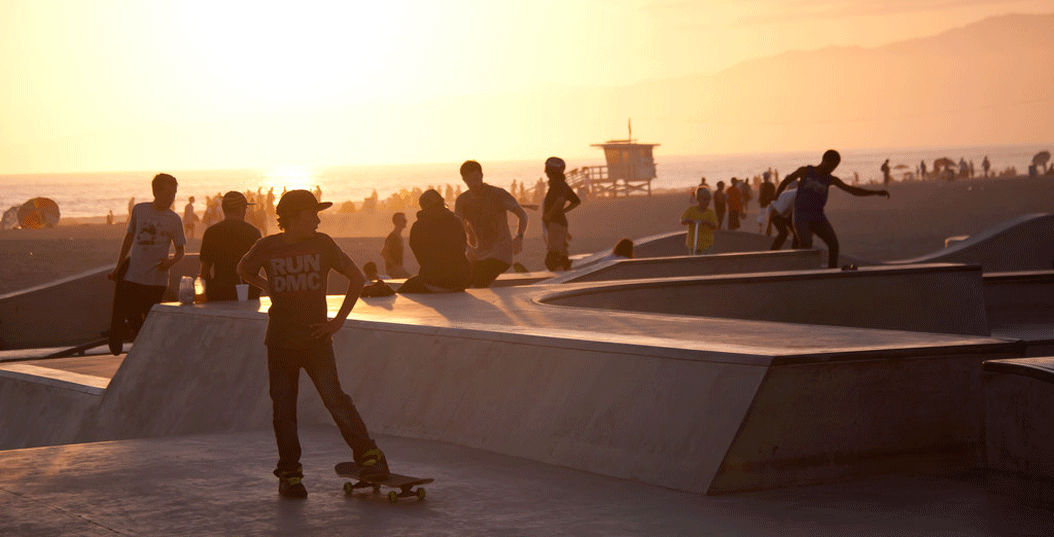
“The conception of ‘anti-social behaviour’ from certain residents cited fears of drug use, crime, and graffiti – behaviour not nominally associated with 8-to-14-year-olds. Meanwhile, it is ironic that the Woollahra use/possession rate for cocaine is 12 times the state average, coming just behind the Sydney CBD.”
Contrary to popular belief, hordes of young skaters aren’t tearing up cities the world over. But a recent decision to forgo a skate park in Sydney’s affluent Rushcutters Bay highlights the tension between perception and reality.
10.
Spanning the gap between park and precinct: Tanderrum Bridge
“It is refreshing to see a new piece of high quality public infrastructure that is not only more appropriately named, but also so handsomely honours its name.”
A new pedestrian bridge in one of Australia’s most heavily-trod sports precincts recalls the civic generosity of a different era.
